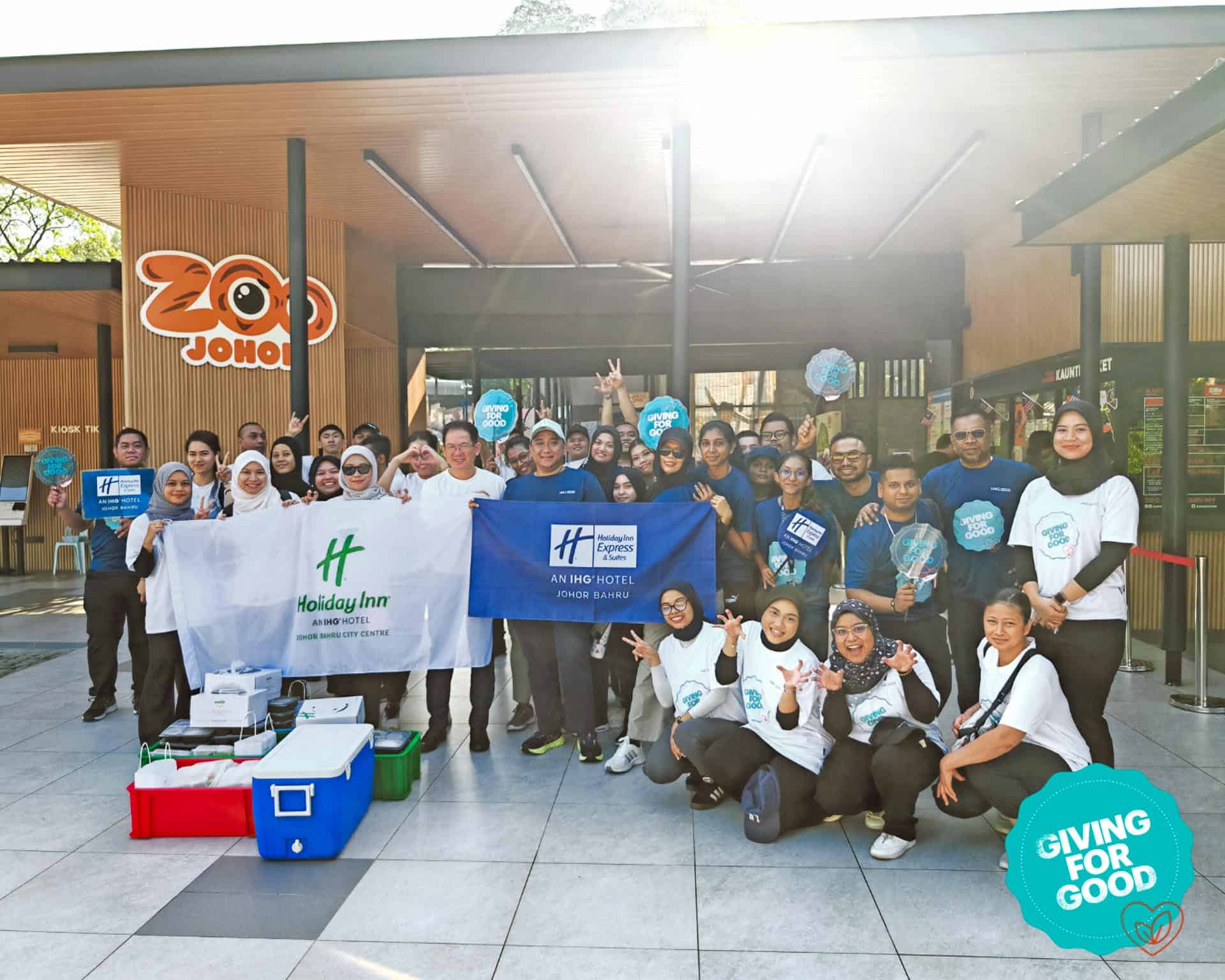
20 June , 2024

Containerization is emerging as a transformative trend in the field of software development. As a recent Kaspersky study has shown, more than half of geo-distributed companies are shifting to container development in the near future. Following this trend, Kaspersky is sharing advice with these companies, telling them what they should consider when transitioning to container development.
According to the latest Kaspersky study ‘Managing geographically distributed businesses: challenges and solutions’, 56% of geo-distributed companies are likely to shift to container development in the next 1-2 years. By encapsulating applications and their dependencies in isolated environments, containers offer unprecedented portability and consistency across various stages of development and deployment. For geo-distributed businesses, which operate across multiple locations and often across different countries, there are additional considerations to ensure seamless integration and operation, which Kaspersky explores in this article.
Understanding container basics
Before diving into containerization, geo-distributed businesses must grasp the fundamentals and familiarize themselves with essential concepts such as container images, containers themselves, configuration files, and registries that are essential for a smooth transition.
A container is a lightweight software component containing the environment that an app (microservice) needs to operate, encompassing files, libraries and metadata. Unlike a virtual machine, a container does not have its own OS; instead it shares a node OS with other containers on the node. Containers package software and its dependencies into a single unit that can run consistently across different environments. One can create containers from container images in CI platforms. There in CI platform containers are formed into ready-to-go builds (apps) and then are deployed in orchestrators.
Choosing the right container orchestration tool
Choosing the right container orchestration tool is critical, especially for geo-distributed businesses. These tools manage the deployment, scaling, and operation of containerized applications. Kubernetes is the most popular choice due to its robust feature set and community support. It’s important to select a tool that supports multi-region deployments efficiently, ensuring minimal latency and seamless integration across different locations. Scalability, community support, and compatibility with existing systems are key factors to consider.
Security in a containerized environment requires a multi-layered approach, particularly for geo-distributed businesses. Containers can introduce unique security challenges, such as vulnerabilities or misconfigurations in container images, outdated images with malware located in image registries, errors or unauthorized access to the orchestrator, runtime vulnerabilities, ability for containers to access the file system in the host OS and many more. Implementing comprehensive security practices is essential, including regular scanning of container images for vulnerabilities, real-time monitoring and protection for running containers, and ensuring process isolation. Running containers with minimal privileges, implementing network segmentation, and using service meshes for secure communication between microservices are also critical. Additionally, compliance with local data laws and continuous auditing are necessary to address data sovereignty and cross-border data transfer regulations.
Continuous Integration and Continuous Deployment (CI/CD)
Integrating containers into CI/CD pipelines can enhance development agility and reduce deployment times. Containers provide consistent environments, making them ideal for automated testing and deployment. For geo-distributed businesses, CI/CD pipelines must account for deployment across multiple regions, optimizing for latency and ensuring seamless integration. Automated testing, build, and deployment automation are key steps to implement CI/CD with containers.
Resource management and monitoring
Efficient resource management is critical to avoid over- or under-provisioning, especially in a geo-distributed environment where resource demands can vary significantly across regions. Monitoring tools help track container performance and resource usage across different locations. Centralized logging solutions with data aggregation from multiple locations, and setting resource requests and limits in orchestration tools ensure balanced resource utilization.
Managing costs effectively is another crucial aspect for geo-distributed businesses. Additional costs related to data transfer, regional pricing differences, and multi-region deployments need to be managed vigilantly. Continuous assessment and adjustment of resource allocations based on usage patterns, implementing autoscaling policies, and monitoring costs across different regions are essential strategies for cost management.
Training and security culture shift
Transitioning to container development is not just a technical shift but also a cultural one. Teams must be trained on new tools and practices, and a DevSecOps culture should be promoted to foster collaboration between development, security and operations across different regions. Conducting workshops and training sessions tailored to different regional teams, encouraging practices like infrastructure as a code or Shift-left approach, and creating cross-functional teams that include both developers, cybersecurity professionals and operations personnel from different regions are vital steps to facilitate this shift.
“Shifting to containers streamlines development processes, and also paves the way for innovative, resilient, and scalable applications. However, this transition brings unique security challenges that require a proactive and comprehensive approach. We at Kaspersky understand the security risks associated with the use of containers, and in 2023 we released a specialized product to protect container environments, Kaspersky Container Security, which protects all stages of container development, including the most critical part – runtime. By integrating advanced container security solutions, businesses can ensure their applications remain secure and compliant, enabling them to harness the full potential of containerization while safeguarding their digital assets.” comments Anton Rusakov-Rudenko, Product Marketing Manager, Cloud & Network Security Product Line at Kaspersky.